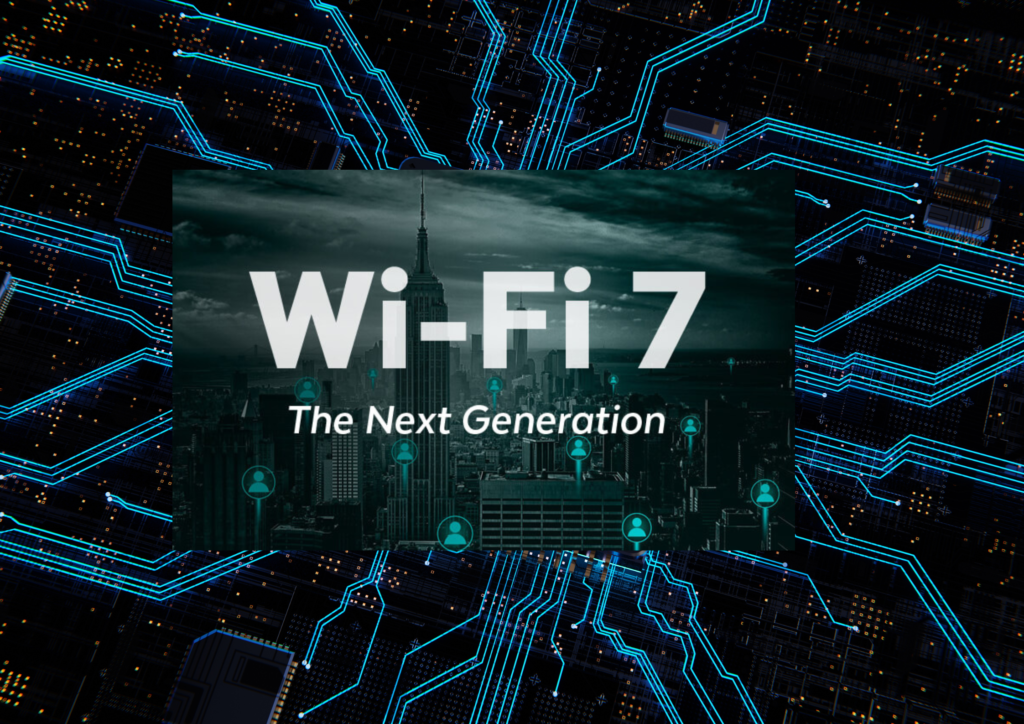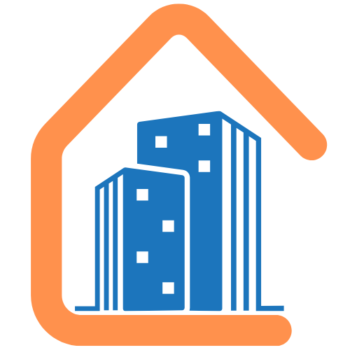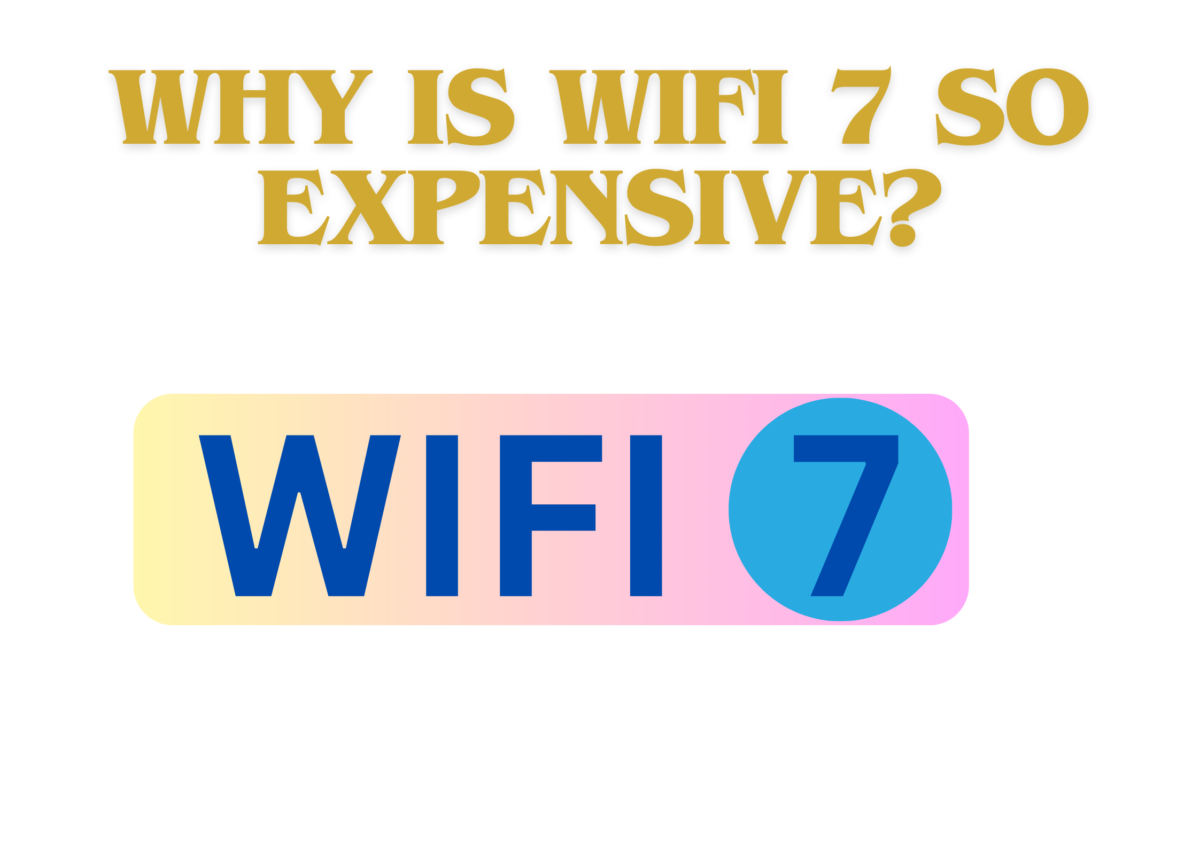From 8K streaming video to fully immersive VR experiences, experience a quantum leap in wireless performance. Users everywhere can now take advantage of unprecedented levels of speed and latency reduction over previous wireless generation products.
The newest wave of wireless technology promises even faster throughput, reduced latency, and increased capacity to manage multiple connected devices concurrently. The new wireless standard is known as Wi-Fi 7, or 802.11be if you prefer the traditional Wi-Fi technobabble name.
According to Wi-Fi Alliance Vice President of Marketing Maureen Gallagher, “Wi-Fi 7 helps users overcome congestion and interference in large or crowded venues like conferences or stadiums, bringing improved user experiences in areas with densely packed devices or neighboring networks that overlap,” as she stated to CNET.

Definition of WIFi 7
WiFi 7 is the seventh generation of WiFi standards, also known as IEEE 802.11be or, Extremely High Throughput (EHT). Wi-Fi 7 offers potential speeds of up to four times faster than Wi-Fi 6 and 6E, and it promises significant improvements over those networks. To make the most use of the available spectrum, it operates in all three bands (2.4 GHz, 5 GHz, and 6 GHz).
The goal of WiFi 7 is to efficiently deliver incredible speeds to every device, while WiFi 6 was developed in response to the world’s increasing number of devices. Wi-Fi 7 is all about lightning-fast connections, in contrast to Wi-Fi 6, which only provides marginally faster speeds over Wi-Fi 5. As a result, “802.11be EHT,” or Extremely High Throughput, has become standard industry jargon.
With faster speeds, less interference, and improved performance for today’s numerous high-bandwidth online activities, the new WiFi 7 standard will finally bring true multi-gigabit WiFi throughout the home to life. New technologies will be used by Wi-Fi 7 to lower latency, expand network capacity, and improve efficiency.
Brief Overview of Past WiFi Standards
| WiFi 5 It was introduced in 2013.Its IEEE standard is 802.11acIt offers a maximum internet speed of 3.5 Gbps.It supports 2.4 GHz and 5 GHz frequency bands.It supports channel size of 160 MHz, 256-QAM-OFDMA modulation, and 4X4 MU MIMO. | WiFi 6 It was introduced in 2019.It’s IEEE standard is 802.11ax.It offers a maximum internet speed of 9.6 Gbps.It supports 2.4 GHz and 5 GHz frequency bands.It supports channel size of 160 MHz, 1024-QAM-OFDMA modulation, and 8X8 MU-MIMO. |
| WiFi 6E It was introduced in 2019.It’s IEEE standard is 802.11ax.It offers a maximum internet speed of 9.6 Gbps.It supports 2.4 GHz, 5 GHz, and 6 GHz frequency bands.It supports channel size of 160 MHz, 1024-QAM-OFDMA modulation, and 8X8 MU-MIMO. | WiFi 7 It was introduced in 2023.It’s IEEE standard is 802.11be.It offers a maximum internet speed of 46 Gbps.It supports 2.4 GHz, 5 GHz, and 6 GHz frequency bands.It supports a channel size of 320 MHz, 4096-QAM-OFDMA modulation, and 16X16 MU-MIMO. |
Important Features of WiFi 7
- Ultrafast Internet Speed
With WiFi 7 the Internet speed increases from 9.6Gbps to an astounding 46Gbps. Thus you can enjoy gigabit-plus performance on your devices and take full advantage of today’s ultra-fast internet plans.
- 320 MHz of channel width
WiFi 7 fully utilizes the 6 GHz band and makes the bandwidth double as compared to previous generations. Additionally, 320 MHz of additional channel width allows for many more simultaneous high-speed transmissions.
In addition to enabling the 320MHz ultra-wideband, the 1.2GHz spectrum in the 6GHz band also permits multiple routers to function in a crowded neighborhood without stepping on one another.
- Supports Multi-link Operation
Conventional WiFi equipment transmits data over a single link. WiFi 7 offers various Multi-link Operation (MLO) Modes that allow devices to use either Multi-link seamless dynamic switching for load balancing and lower latency, or Multi-link aggregation for higher throughput, lower latency, and higher reliability. In addition to enabling immersive AR and VR in the future generation, WiFi 7 significantly improves current-generation experiences.
- 16×16 MU-MIMO
With WiFi 7, the number of spatial streams is increased from 8 to 16 to accommodate the growing traffic demands brought on by the growing number of WiFi devices. As a result, when compared to WiFi 6, the theoretical physical transmission rate doubles. With WiFi 7, each device has sufficient bandwidth to function properly with its 16 streams.
- 4096-QAM
WiFi 7 utilizes 4096-QAM, a higher-order modulation scheme, which helps users achieve greater transmission efficiency by using a higher transmission rate. This results in 20% higher theoretical transmission rates than WiFi 6’s 1024-QAM since each symbol can now carry 12 bits instead of 10. You can now play huge online games without lag, watch flawless 4K or 8K videos, and stream live from your home computer.
- High Reliability
You can relax knowing that your PC will establish and maintain the greatest Wi-Fi connections at the same time.
- Real-time Responsiveness
You can enjoy a completely immersive gaming experience anywhere in the house.
- Improved Security and Privacy
Why Is WiFi 7 So Expensive? Some Important Factors
- Development Costs:
A lot of research work and development is needed to create new wireless standards. The technology must be designed, tested, and refined by engineers to guarantee that it satisfies performance requirements and works with the current infrastructure.
- Advanced Technology:
Compared to earlier generations, WiFi 7 is anticipated to bring about a number of major improvements, including increased data rates, reduced latency, and enhanced reliability. Higher-end hardware and signal processing algorithms may be needed to implement these features, which could raise the cost of production.
- Complexity:
The design and implementation of wireless technology become increasingly difficult as it advances. WiFi 7 might include new methods for reducing interference, enhancing spectral efficiency, and supporting a large number of devices at once. These intricacies may drive up production expenses.
- Infrastructure Upgrades:
In order to implement WiFi 7 upgrading the current network infrastructure may be necessary, which includes access points, routers, switches, and client devices. For companies and organizations, these updates may require large financial outlays, which would raise the deployment’s overall cost.
- Patent Licensing:
To utilize patented technologies in their WiFi 7 products, manufacturers might have to pay licensing fees, which would raise the final cost.
- Lower Production Volume:
Because of lower production volumes and the need to quickly recover development costs, prices are typically higher in the early phases of any new technology.



How to Upgrade Existing Infrastructure to Support WiFi 7?
Predictions on the trajectory of WiFi 7 pricing
- In the upcoming years, WiFi 7 technology develops and is more widely by various sectors. This causes the prices to drop due to manufacturing efficiencies and economies of scale.
- As businesses compete for market share, increased manufacturer competition may also lead to price reductions. If WiFi 7 swiftly establishes itself as the industry standard for wireless networking because of higher demand and production levels, there are chances that prices may drop more quickly.
- Continuous technological advancements in software and hardware may result in cheaper WiFi 7 devices and components.
- WiFi 7 pricing may also be impacted by external variables like changes in regulatory frameworks, supply chain disruptions, and geopolitical tensions.
Conclusion
Wi-Fi 7 is a huge development in wireless technology that will result in improved user experiences, reduced latency, improved efficiency, and faster speeds. Although many applications still work well with current Wi-Fi standards, Wi-Fi 7 is more appealing to those who want to future-proof their networks because of the enhancements it offers.
It is advised for users who are having trouble with congested networks, businesses that require extremely low latency for real-time applications, and those who intend to implement bandwidth-intensive applications like 8K video streaming or AR/VR to upgrade to Wi-Fi 7.
FAQS
- Is Wi-Fi 7 the fastest?
Yes, Wi-Fi 7 is the fastest. It offers a maximum internet speed of up to 46 Gbps.
2. Is Wi-Fi 7 better than 6E?
Yes, Wi-Fi 7 is better than 6E. With its increased channel bandwidth, enhanced modulation, and effective multi-link operation, Wi-Fi 7 represents a significant advancement in wireless performance.
3. How fast is Wi-Fi 7 in the real world?
Although 46 Gbps is the theoretical maximum, real-world rates are probably closer to 40 Gbps.
Also Read
- Is Wi-Fi 7 faster than Ethernet? A Complete Guide 2025
- Best Cordless Vacuum for Hardwood Floors and Carpet 2025
- Best Cordless Vacuum for Car Detailing: Under $60
- Best Car Vacuum Cleaner Cordless Under $70
- Best Affordable Robot Vacuum and Mop: Under $200
- Best Self Emptying Robot Vacuum and Mop 2025
- Best Robot Vacuum for Large Home 2025
- Best Robot Vacuum and Mop 2025
- Best Mini Humidifier for Plants: Top 4
- Best Humidifier for Indoor Plants
- Best Humidifier for Allergies and Asthma 2025
- Best Evaporative Humidifier 2025
- Best Evaporative Humidifier for Large Room
- Ultrasonic Humidifier for Mushroom Growing: Top 4
- Best Vicks Humidifier for Baby 2024
- Best Humidifier Under $50
- Best Warm Mist Humidifier for Bedroom
- Best Cool Mist Humidifier for Baby
- Humidifier For Baby: Why It Is Important?


3 thoughts on “WHY IS WIFI 7 SO EXPENSIVE? PRICE Vs PERFORMANCE”